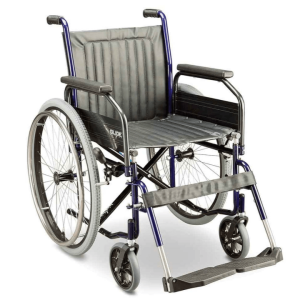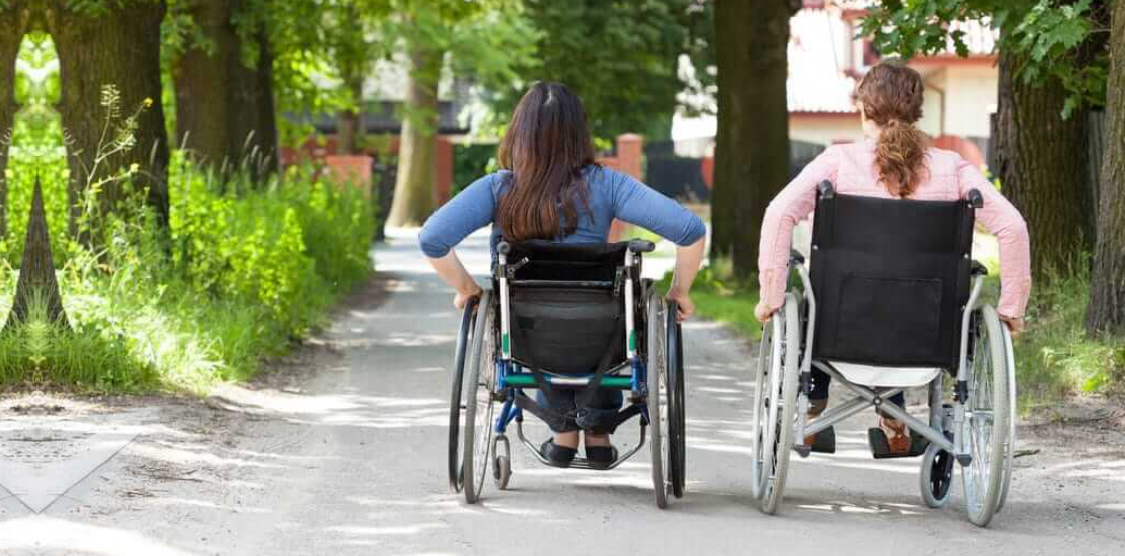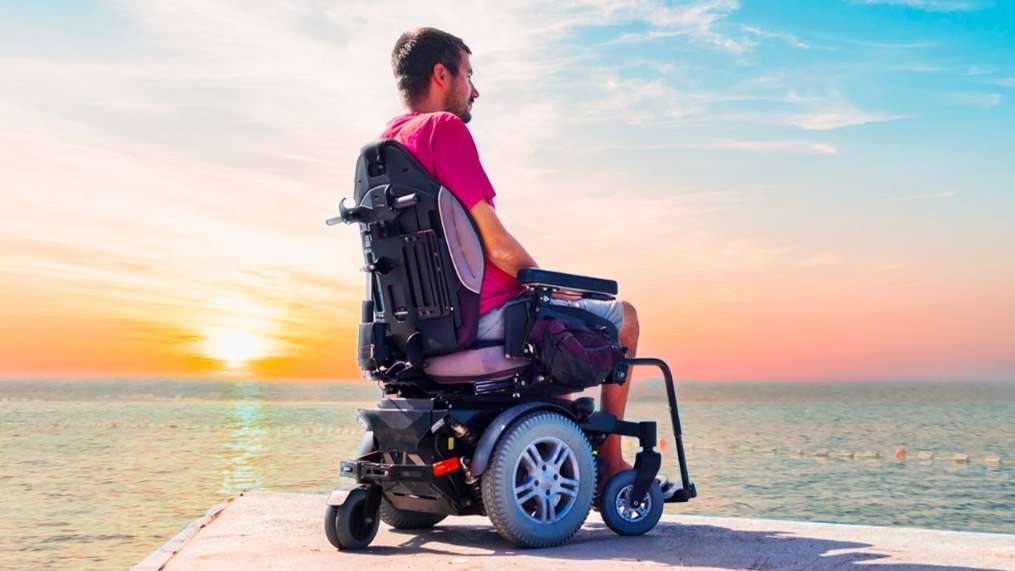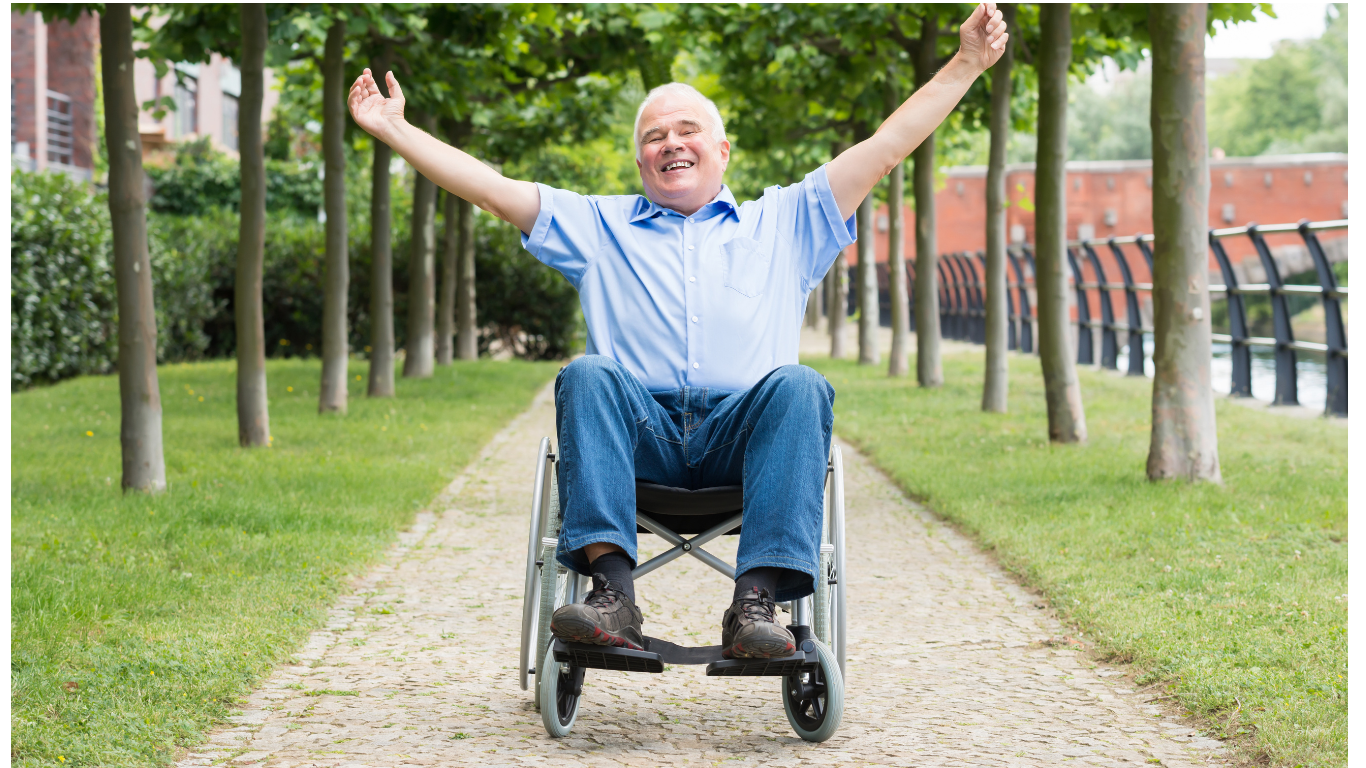22
Mar
Optimal Rear Wheel Position for Wheelchairs
A manually propelled wheelchair offers someone with a lower extremity disability the opportunity to be mobile and independent. Users able to propel themselves don't need to rely on others to get them where they are going. However, long-term use of a manually propelled chair can result in upper body injuries. The best way to avoid such injuries is to make sure the chair is properly fitted.
A big part of proper fit is the rear wheel position for wheelchairs. Under ideal conditions, most of the load carried by a wheelchair should be carried by the rear wheel. Placed properly, the rear wheel also does most of the work when the chair is in motion. The best wheelchairs on the market are highly customizable and fit to the user at the time of purchase. Entry-level wheelchairs are sold as-is and adjusted by users themselves. Do you use a wheelchair? If so, do you experience persistent pain or find your chair difficult maneuver? Both are signs that your rear wheel isn't positioned properly.
Vertical Position
Some wheelchairs allow for vertical adjustments. In other words, you can raise or lower the rear wheels in relation to the seat. Wheels that are too low force the user to maintain an awkward position that puts far too much stress on the shoulders and elbows. Wheels that are too high tend to make a wheelchair more difficult to control than it needs to be. The optimal vertical position can be measured by sitting in the chair and touching the hub (or axle) with the tip of the middle finger. The arms should be naturally relaxed. If a user must fully extend the arms to make contact, the wheel sits too low on the frame. It is too high on the frame if the user's elbows are bent.Horizontal Position
Horizontal positioning is a bit more complicated. For maximum efficiency, you want the center of gravity positioned right over the hub. This dictates that the hub line up with the user's hips. Positioning the wheel this way maximizes both efficiency and turn radius. However, there is a trade-off. Positioning the hub directly under the hips makes it easier to tip the chair backward. For this reason, users working with this setup for the first time have to learn to balance themselves just as if they were learning to ride a bike. The risks of tipping backward are mitigated with practice. Some users find this kind of setup too precarious. They can move the rear wheels back slightly to increase stability. However, this reduces efficiency and turn radius. The chair will be harder to propel and require more space to turn. It's a trade-off. You can operate your chair more easily and with less effort if the rear wheel position for wheelchairs is correctly fit. If you do need to make either vertical or horizontal adjustments to increase stability, make the smallest adjustment possible. The smaller the adjustments, the less efficiency you will lose.
Share:






